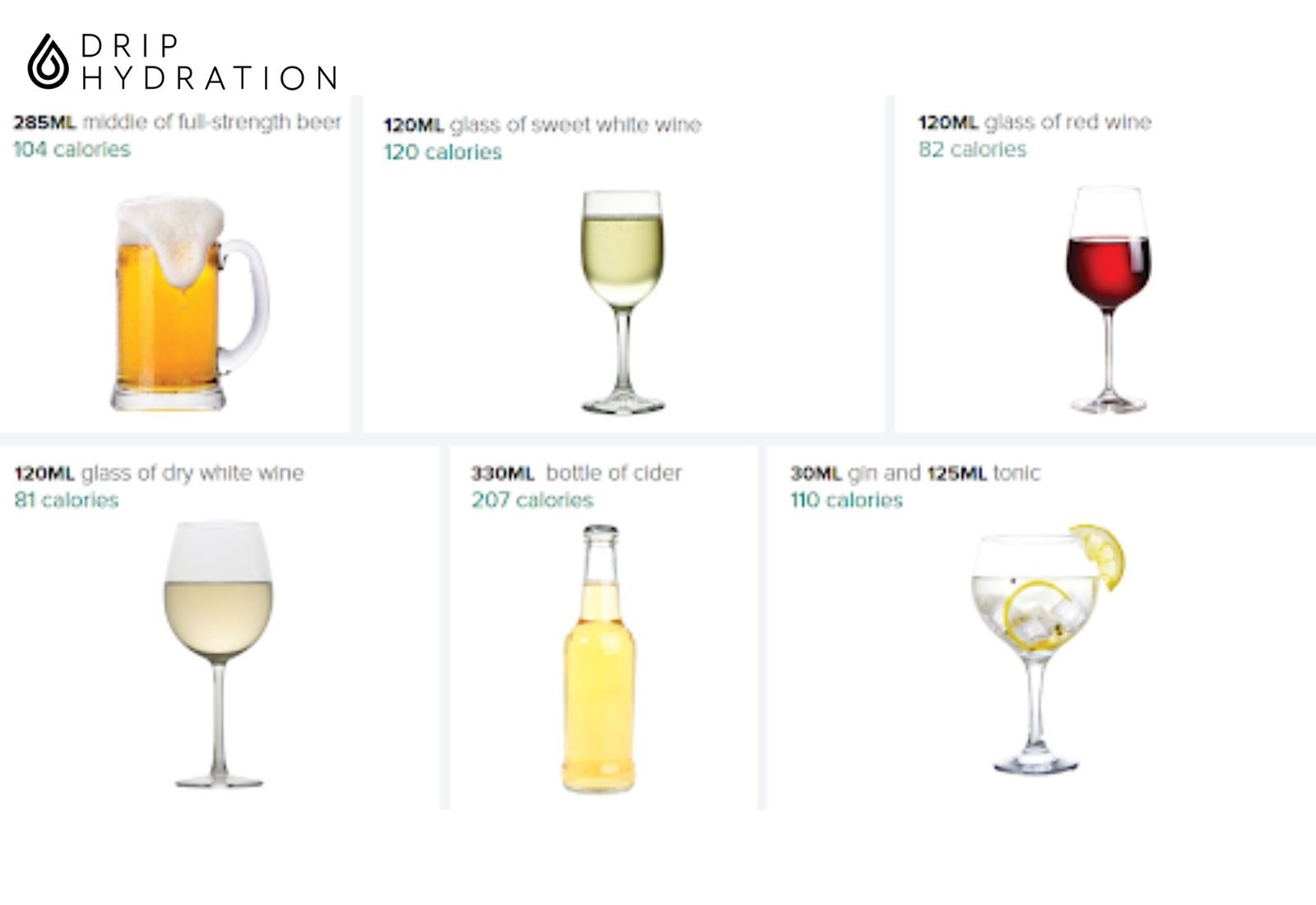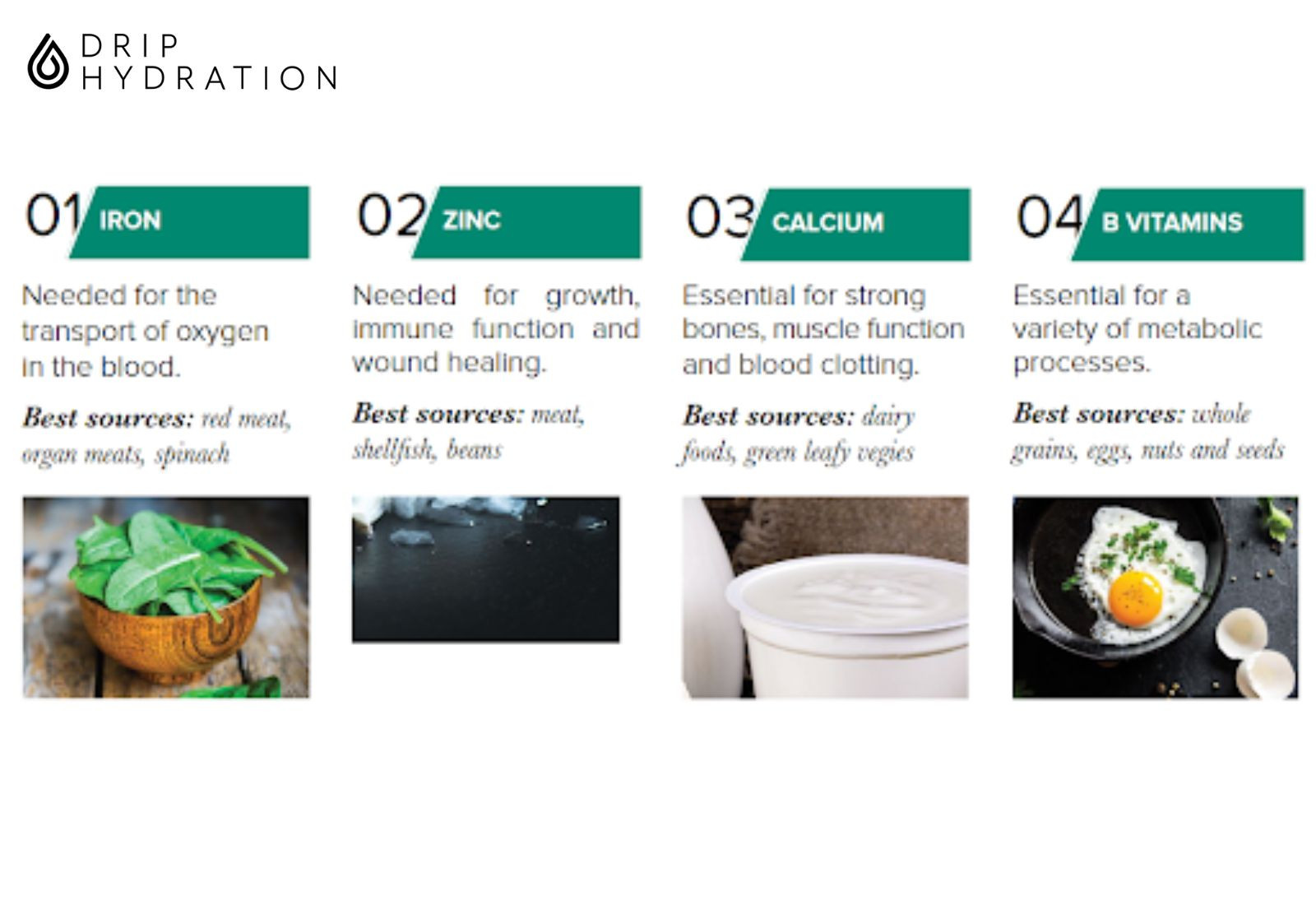Với phụ nữ, vòng kinh nguyệt là một trong những yếu tố quan trọng cần xem xét khi lên chế độ ăn giảm cân. Những ngày đến kỳ kinh nguyệt, sự thay đổi hormone trong cơ thể khiến phụ nữ có xu hướng tích trữ nhiều năng lượng và chất béo hơn. Chưa kể, các triệu chứng khó chịu như đau bụng, mệt mỏi, căng thẳng thần kinh cũng khiến việc giảm cân trở nên thách thức hơn.
Mặt khác, một số bệnh lý như u xơ tử cung cũng ảnh hưởng đến khả năng giảm cân của chị em. Những khối u lành tính này làm tăng sản sinh estrogen, kích thích tích tụ mỡ thừa và khiến việc giảm cân trở nên khó khăn hơn.
Chính vì vậy, giảm cân đúng cách dành riêng cho phụ nữ là vô cùng cần thiết. Dưới đây là những lưu ý về chế độ ăn để giảm cân cho nữ trong những ngày đến chu kỳ kinh nguyệt và phụ nữ bị u xơ tử cung.
Tùy theo độ tuổi và đặc điểm sinh lý mà chế độ ăn để giảm cân cho nữ cần có những điều chỉnh phù hợp để vừa đạt mục tiêu giảm cân vừa đảm bảo sức khỏe tốt nhất.
Chế độ ăn để giảm cân cho nữ trẻ tuổi (18-29 tuổi)
Chế độ ăn để giảm cân cho nữ trung niên (30-59 tuổi)

Chế độ ăn để giảm cân cho nữ cao tuổi (>60 tuổi)
Chế độ ăn để giảm cân cho nữ mang thai và cho con bú
Chế độ ăn giảm cân cho nữ tập gym, yoga

Chế độ ăn giảm cân cho nữ trong những ngày đến kỳ kinh nguyệt

Chế độ ăn giảm cân cho nữ bị u xơ tử cung
Đặc biệt, nếu bạn đang thực hiện các chế độ ăn kiêng lành mạnh để giúp giảm cân thì có thể cân nhắc sử dụng liệu pháp tiêu hao năng lượng để đạt được hiệu quả nhanh và bền vững hơn. Đây là phương pháp giảm cân đa trị liệu, được thực hiện bằng cách truyền tĩnh mạch các vi hoạt chất có tác dụng thúc đẩy quá trình chuyển hóa. Cùng với chế độ ăn uống khoa học và tập luyện hợp lý, liệu pháp tiêu hao năng lượng sẽ giúp bạn đào thải mỡ tới cấp độ tế bào và giảm cân hiệu quả mà không gây mệt mỏi hay ảnh hưởng gì đến sức khỏe.
Tài liệu tham khảo
Al-Hendy, A., Diamond, M. P., Boyer, T. G., Halder, S. K., & Al-Hendy, O. (2013). 1, 25-Dihydroxyvitamin D3 inhibits Wnt/β-catenin and mTOR signaling pathways in human uterine fibroid cells. The Journal of Clinical Endocrinology & Metabolism, 101(5), 1542-1551.
Bao, W., Bowers, K., Tobias, D. K., Hu, F. B., Zhang, C., Kiely, M., & Zhang, C. (2014). Prepregnancy low-carbohydrate dietary pattern and risk of gestational diabetes mellitus: a prospective cohort study. The American journal of clinical nutrition, 99(6), 1378-1384.
Bawazeer, N. M., Al-Sobahi, N. A., & Rashid, R. K. (2009). Physical activity and diet control in relation to menstruation patterns among adolescent females in Saudi Arabia. Saudi medical journal, 30(7), 878-883.
Bryant, M., Cassidy, A., Hill, C., Powell, J., Talbot, D., & Dye, L. (2005). Effect of consumption of soy isoflavones on behavioural, somatic and affective symptoms in women with premenstrual syndrome. The British journal of nutrition, 93(2), 231-239.
Daley, A. (2008). Exercise and premenstrual symptomatology: a comprehensive review. Journal of women's health, 17(6), 895-899.
Greer, F. R., Sicherer, S. H., Burks, A. W., American Academy of Pediatrics Committee on Nutrition, & American Academy of Pediatrics Section on Allergy and Immunology. (2008). Effects of early nutritional interventions on the development of atopic disease in infants and children: the role of maternal dietary restriction, breastfeeding, timing of introduction of complementary foods, and hydrolyzed formulas. Pediatrics, 121(1), 183-191.
Harvey, L. J., Armah, C. N., Dainty, J. R., Foxall, R. J., John Lewis, D., Langford, N. J., & Fairweather-Tait, S. J. (2005). Impact of menstrual blood loss and diet on iron deficiency among women in the UK. British Journal of Nutrition, 94(4), 557-564.
He, Y., Zeng, Q., Dong, S., Qin, L., Li, G., & Wang, P. (2013). Associations between uterine fibroids and lifestyles including diet, physical activity and stress: a case-control study in China. Asia Pacific journal of clinical nutrition, 22(1), 109-117.
Josse, A. R., Tang, J. E., Tarnopolsky, M. A., & Phillips, S. M. (2010). Body composition and strength changes in women with milk and resistance exercise. Medicine & Science in Sports & Exercise, 42(6), 1122-1130.
Maughan, R. J., & Shirreffs, S. M. (2007). Nutrition for sports performance: issues and opportunities. Proceedings of the Nutrition Society, 41(S1), 112-119.
Nagata, C., Takatsuka, N., Kawakami, N., & Shimizu, H. (2001). Soy product intake and premenopausal hysterectomy in a follow-up study of Japanese women. European journal of clinical nutrition, 55(9), 773-777.
Nagata, C., Takatsuka, N., Shimizu, H., Hayashi, H., Akamatsu, T., & Murase, K. (2006). Effect of soymilk consumption on serum estrogen and androgen concentrations in Japanese men. Cancer Epidemiology and Prevention Biomarkers, 10(2), 179-184.
Negron, R. M., Mayo, J., Stevens, D., Luo, L., Brockman, D., Zimmerman, E., ... & Abdou-Malak, Y. (2013). Caffeine intake during pregnancy and infant birth weight: a case–control study. International journal of environmental health research, 23(4), 295-307.
Phillips, S. M., & Van Loon, L. J. (2011). Dietary protein for athletes: from requirements to optimum adaptation. Journal of sports sciences, 29(sup1), S29-S38.
Quaranta, S., Buscaglia, M. A., Meroni, M. G., Colombo, E., & Cella, S. (2007). Pilot study of the efficacy and safety of a modified-release magnesium 250mg tablet (Sincromag) for the treatment of premenstrual syndrome. Clinical drug investigation, 27(1), 51-58.
Rebholz, S. L., Friedman, E. E., Andersen, C., McElrath, T. F., Boutelle, K., Schisterman, E. F., & Wactawski-Wende, J. (2011). Relationship between serum and dietary calcium intake and risk of developing premenstrual symptoms in young women: a cross-sectional study. Journal of the Academy of Nutrition and Dietetics, 111(9), 1429-1436.
Richter, E. A., Hargreaves, M., Kiens, B., & IJzerman, R. (2007). Exercise metabolism 2. Carbohydrates. The Biochemical journal, 401(1), 147.
Thomas, D. T., Erdman, K. A., & Burke, L. M. (2016). American College of Sports Medicine Joint Position Statement. Nutrition and Athletic Performance. Medicine and science in sports and exercise, 48(3), 543.
Wise, L. A., Radin, R. G., Palmer, J. R., Kumanyika, S. K., Boggs, D. A., & Rosenberg, L. (2011). Intake of fruit, vegetables, and carotenoids in relation to risk of uterine leiomyomata. The American journal of clinical nutrition, 94(6), 1620-1631
55
Bài viết hữu ích?
Bài viết hữu ích?
55
Bài viết hữu ích?